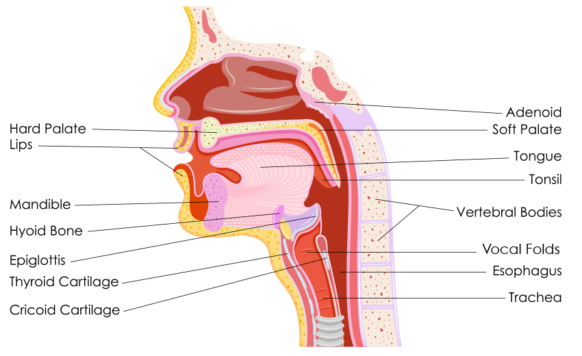Approach Considerations
The goals of dysphagia treatment are to maintain adequate nutritional intake for the patient and to maximize airway protection.
Disorders of oral and pharyngeal swallowing are usually amenable to rehabilitation, including dietary modification and training in swallowing techniques and maneuvers. [1] Surgery is rarely indicated for patients with swallowing disorders, although in patients with severe disorders, bypassing the oral cavity and pharynx in their entirety and providing enteral nutrition may be necessary.
What is difficulty swallowing (dysphagia)?
Difficulty swallowing is also called dysphagia. It is usually a sign of a problem with your throat or esophagus —the muscular tube that moves food and liquids from the back of your mouth to your stomach. Although dysphagia can happen to anyone, it is most common in older adults, babies, and people who have problems of the brain or nervous system.
There are many different problems that can prevent the throat or esophagus from working properly. Some of these are minor, and others are more serious. If you have a hard time swallowing once or twice, you probably do not have a medical problem. But if you have trouble swallowing on a regular basis, you may have a more serious problem that needs treatment.
What causes dysphagia?
Normally, the muscles in your throat and esophagus squeeze, or contract, to move food and liquids from your mouth to your stomach without problems. Sometimes, though, food and liquids have trouble getting to your stomach. There are two types of problems that can make it hard for food and liquids to travel down your esophagus:
- The muscles and nerves that help move food through the throat and esophagus are not working right. This can happen if you have:
- Had a stroke or a brain or spinal cord injury.
- Certain problems with your nervous system, such as post-polio syndrome, multiple sclerosis, muscular dystrophy, or Parkinson’s disease.
- An immune system problem that causes swelling (or inflammation) and weakness, such as polymyositis or dermatomyositis.
- Esophageal spasm. This means that the muscles of the esophagus suddenly squeeze. Sometimes this can prevent food from reaching the stomach.
- Scleroderma. In this condition, tissues of the esophagus become hard and narrow. Scleroderma can also make the lower esophageal muscle weak, which may cause food and stomach acid to come back up into your throat and mouth.
- Something is blocking your throat or esophagus. This may happen if you have:
- Gastroesophageal reflux disease (GERD). When stomach acid backs up regularly into your esophagus, it can cause ulcers in the esophagus, which can then cause scars to form. These scars can make your esophagus narrower.
- Esophagitis. This is inflammation of the esophagus. This can be caused by different problems, such as GERD or having an infection or getting a pill stuck in the esophagus. It can also be caused by an allergic reaction to food or things in the air.
- Diverticula. These are small sacs in the walls of the esophagus or the throat.
- Esophageal tumors. These growths in the esophagus may be cancerous or not cancerous.
- Masses outside the esophagus, such as lymph nodes, tumors, or bone spurs on the vertebrae that press on your esophagus.
A dry mouth can make dysphagia worse. This is because you may not have enough saliva to help move food out of your mouth and through your esophagus. A dry mouth can be caused by medicines or another health problem.



